Options vs futures: what are the differences?
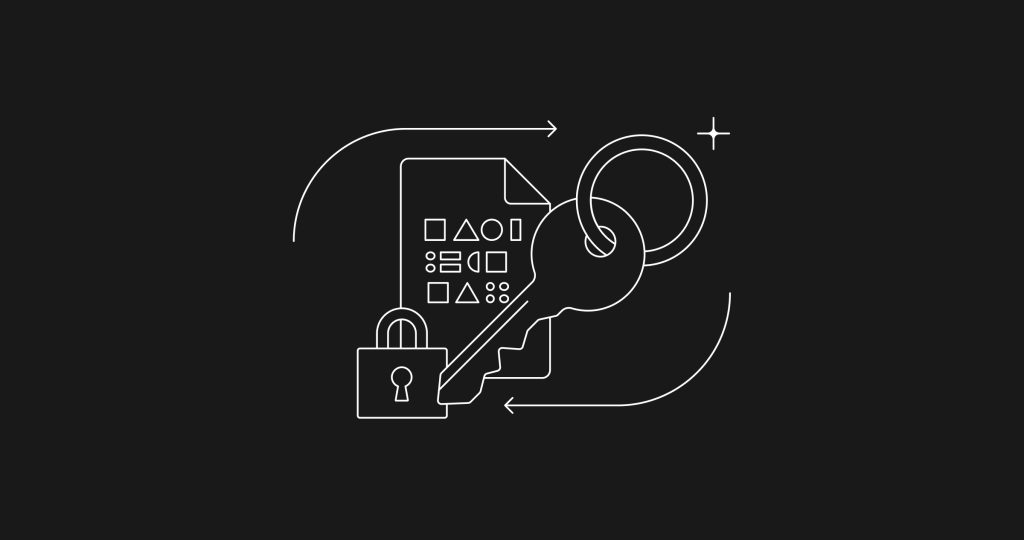

Options and futures are both derivatives. What's the difference between them?
Rights vs. obligations
When trading futures, both the buyer and the seller have to settle the expiry futures position upon expiry.
With options, the buyer has the right, but not the obligation, to buy or sell the underlying asset upon expiry. However, the options seller has the obligation to fulfill the transaction.
In other words, the futures buyer and the futures seller have to fulfill the contract upon expiry regardless of how the underlying asset price moves. However, upon expiry, the options buyer can choose not to exercise the options contract to avoid loss if the market goes against them. The options seller can gain the premium because the buyer chooses not to exercise the contract if the market favors the seller.
Margin requirements
When trading futures, the buyer and the seller have to pay a certain amount of margin to open a position since they have the obligation to fulfill the contract upon expiry. Forced liquidation will occur if the margin deposit is insufficient.
For options, the buyer only needs to pay a premium but not a margin, that’s why options long positions won't be forced-liquidated. Only the options seller has to pay a margin.
Potential risks and returns
Whether you buy or sell an expiry futures product, your potential gain or loss is unlimited. If no margin is added when the account equity can't meet the minimum maintenance margin requirement, forced liquidation will be triggered and you'll lose the margin.
The potential gain of buying a call option is unlimited, but the buyer’s risk is limited. Their position won't be forced-liquidated, and their maximum loss is only the premium paid even though they choose not to exercise the option upon expiry.
Let’s take a look at the difference in payoff between futures and options trading. If the price rises, you can potentially make gains with both long expiry futures or call options contracts. If the price drops, futures buyers might risk forced liquidation due to lack of margin. Here, the options buyer's risk is only limited to the premium.
The put options buyer’s maximum gain is the exercise price, if the underlying asset price becomes zero. Their loss is also limited to the premium paid if they choose not to exercise the option upon expiry. Let’s compare this with going short during futures trading.
If the price drops, both the short futures buyer and put options buyer can make a killing. If the price rises, the futures buyer may be exposed to the risk of forced liquidation due to the lack of margin. But the options buyer’s risk is limited to the premium paid only.
A call options seller’s gain is limited to the premium received if the buyer chooses not to exercise the option upon expiry. Their loss is unlimited because forced liquidation will occur and they'll lose the margin if no margin is added when the account equity can't meet the minimum maintenance margin requirement.
A put options seller’s gain is limited to the premium received if the buyer chooses not to exercise the option upon expiry. Their maximum loss is the exercise price if the underlying asset price becomes zero.

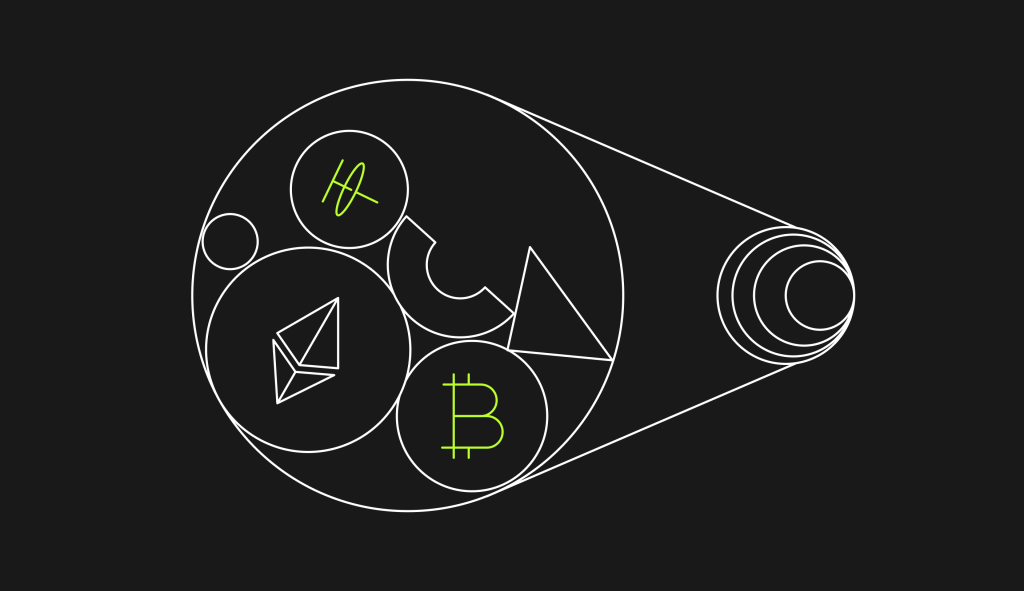

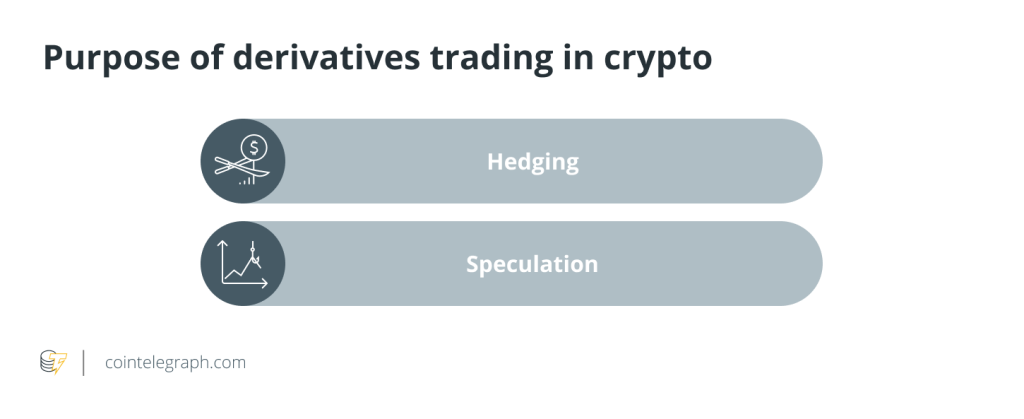
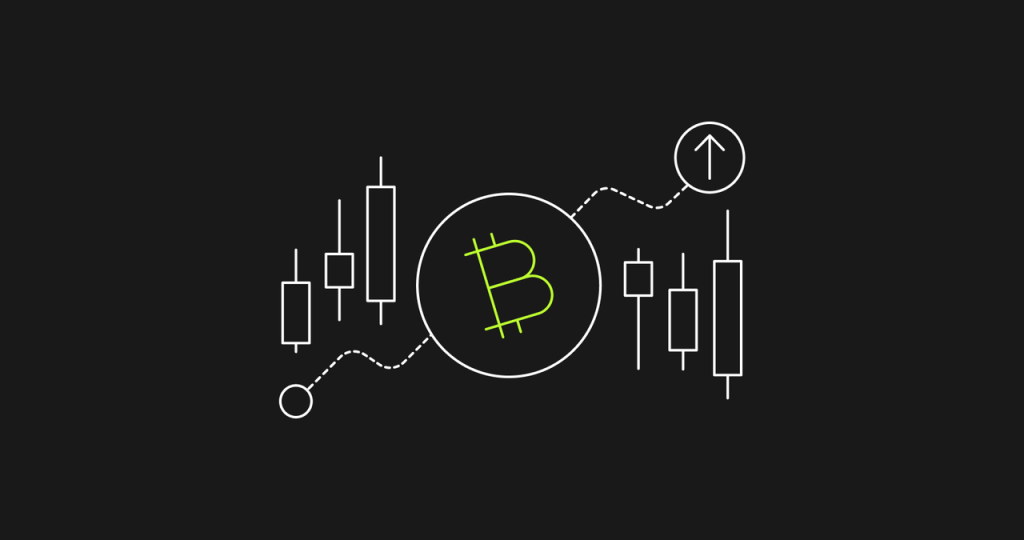
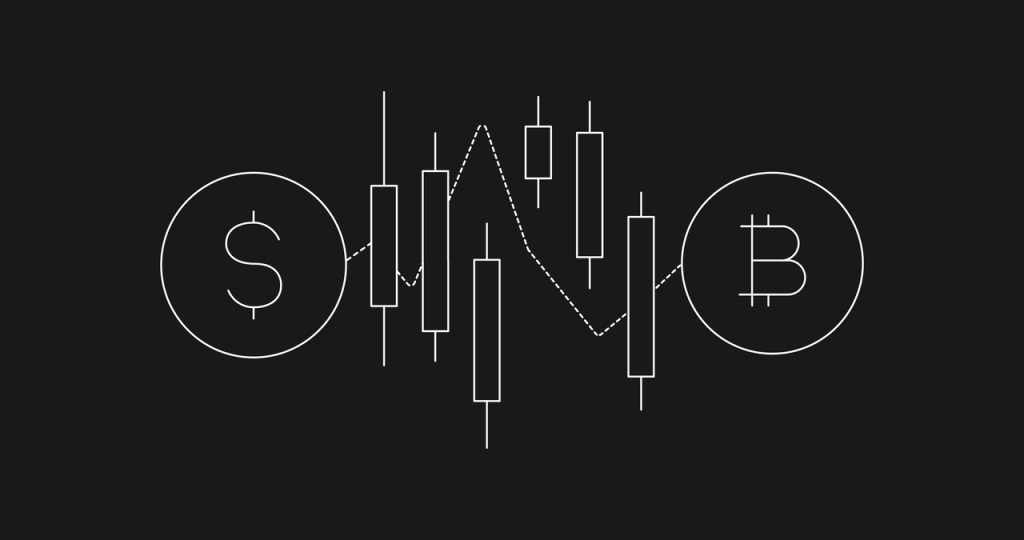
… [Trackback]
[…] Find More on that Topic: x.superex.com/academys/trading/1665/ […]
… [Trackback]
[…] Info on that Topic: x.superex.com/academys/trading/1665/ […]
… [Trackback]
[…] Find More on that Topic: x.superex.com/academys/trading/1665/ […]
… [Trackback]
[…] Read More on that Topic: x.superex.com/academys/trading/1665/ […]
… [Trackback]
[…] Read More Info here to that Topic: x.superex.com/academys/trading/1665/ […]
… [Trackback]
[…] Read More Information here to that Topic: x.superex.com/academys/trading/1665/ […]
… [Trackback]
[…] Here you will find 79696 more Info on that Topic: x.superex.com/academys/trading/1665/ […]
… [Trackback]
[…] Info on that Topic: x.superex.com/academys/trading/1665/ […]
… [Trackback]
[…] Information on that Topic: x.superex.com/academys/trading/1665/ […]
… [Trackback]
[…] Read More on that Topic: x.superex.com/academys/trading/1665/ […]
… [Trackback]
[…] Find More to that Topic: x.superex.com/academys/trading/1665/ […]
… [Trackback]
[…] Find More Information here to that Topic: x.superex.com/academys/trading/1665/ […]
… [Trackback]
[…] Read More to that Topic: x.superex.com/academys/trading/1665/ […]
… [Trackback]
[…] Here you can find 13620 more Information on that Topic: x.superex.com/academys/trading/1665/ […]
… [Trackback]
[…] Here you can find 6532 more Information on that Topic: x.superex.com/academys/trading/1665/ […]
… [Trackback]
[…] Read More to that Topic: x.superex.com/academys/trading/1665/ […]
… [Trackback]
[…] There you can find 25060 more Info to that Topic: x.superex.com/academys/trading/1665/ […]
… [Trackback]
[…] Here you can find 73910 additional Info to that Topic: x.superex.com/academys/trading/1665/ […]
… [Trackback]
[…] Info to that Topic: x.superex.com/academys/trading/1665/ […]
… [Trackback]
[…] Read More to that Topic: x.superex.com/academys/trading/1665/ […]
… [Trackback]
[…] Read More on that Topic: x.superex.com/academys/trading/1665/ […]
… [Trackback]
[…] Find More on that Topic: x.superex.com/academys/trading/1665/ […]
… [Trackback]
[…] Find More Info here to that Topic: x.superex.com/academys/trading/1665/ […]
… [Trackback]
[…] Info to that Topic: x.superex.com/academys/trading/1665/ […]